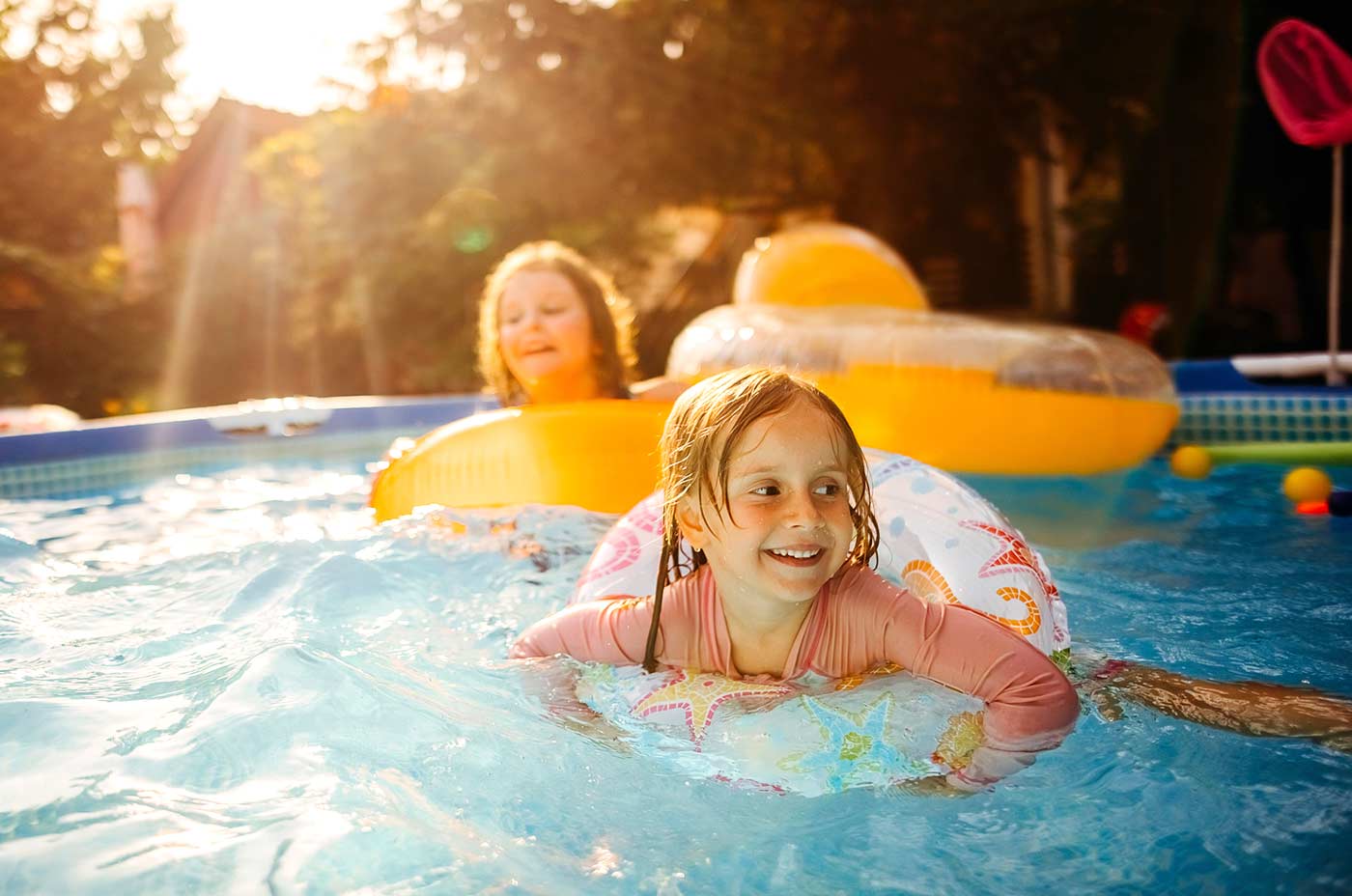According to the US Lifesaving Association, over 223 million people visited US beaches in 2023 – and over 52,000 were rescued from drowning by lifeguards. Whether you’re planning a day at the beach, a pool party, or a boating adventure, taking precautions can prevent accidents and ensure everyone has safe – and great – time. Read on for essential water safety tips that every family should know.
- Learn to Swim: The ability to swim is perhaps the most important skill for water safety. More than half of people in the US either can’t swim or don’t have basic swimming skills per a Red Cross survey. Enroll yourself and your children in swimming lessons to reduce your risk of drowning, even if you’re confident swimmers already.
- Supervision: Never underestimate the importance of supervision, especially when children are around water. Designate a responsible adult to keep an eye on swimmers at all times, and avoid distractions like phones or conversations. For younger children, maintain constant, arms-length supervision.
- Pool Safety: If you have a pool at home, make sure it’s properly fenced with a self-latching gate to prevent unsupervised access. Remove toys and other temptations from around the pool area to minimize the chances of children wandering near it unsupervised. Read more information on how to make your pool safer here.
- Life Jackets: When boating or participating in water sports, ensure that everyone wears a properly fitted life jacket, regardless of swimming ability. Inflatable toys or floaties are not substitutes for life jackets and should not be relied upon for safety.
- Know the Signs of Drowning: Contrary to popular belief, drowning is often silent and can happen quickly. Learn to recognize the signs of drowning, such as a person struggling to keep their head above water, gasping for air, or appearing to be climbing an invisible ladder. Check out this article from MedicineNet with more detailed information on how to identify someone who is drowning.
- Educate Children: Teach your children about water safety from an early age. Emphasize the importance of never swimming alone, staying within designated swimming areas, and following pool rules. Encourage open communication about any concerns they may have regarding water safety.
- Alcohol and Water Don’t Mix: According to this CDC report, alcohol use is a factor in nearly 1 in 4 emergency department visits for drowning. Alcohol impairs judgment and coordination, increasing the risk of accidents and drowning. Save the drinks for after you’re done in the water.
- Be Weather Aware: Pay attention to weather forecasts and be prepared to change your plans if thunderstorms or strong winds are expected. Water activities should be avoided during severe weather conditions to prevent accidents and injuries.
- Learn CPR: Knowing CPR (Cardiopulmonary Resuscitation) can save lives in the event of a drowning or near-drowning incident. Consider taking a CPR certification course to equip yourself with the skills needed to respond effectively in emergencies. You can find a CPR class in your area on the Red Cross website.
Safety should always come first when it comes to water activities. By following these water safety tips, you can enjoy swimming, boating and a host of other water activities with your family and minimize the risks of accidents and injuries. With proper preparation, supervision and education, you can create lasting memories by the water all summer long!






Responses